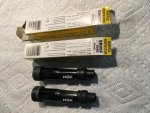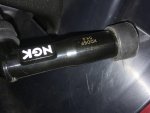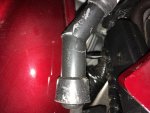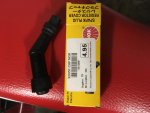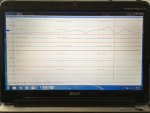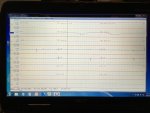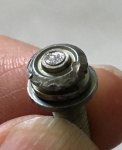Your readings sound consistent. I would probably not go to the coils unless something else sends you there.
Brad
edit:
I did measure some temps at the reg/rec. With ambient air temp at 82 deg F, the R/R was 125 deg, the alt wires were also hot at 160 deg, and the alt cover 175 deg. These were taken after a ride with the bike idling the garage (no air movement). The wires and R/R cool pretty quickly so the readings need to be taken under normal running conditions to give good meaning.
Brad
edit:
I did measure some temps at the reg/rec. With ambient air temp at 82 deg F, the R/R was 125 deg, the alt wires were also hot at 160 deg, and the alt cover 175 deg. These were taken after a ride with the bike idling the garage (no air movement). The wires and R/R cool pretty quickly so the readings need to be taken under normal running conditions to give good meaning.
Last edited:

